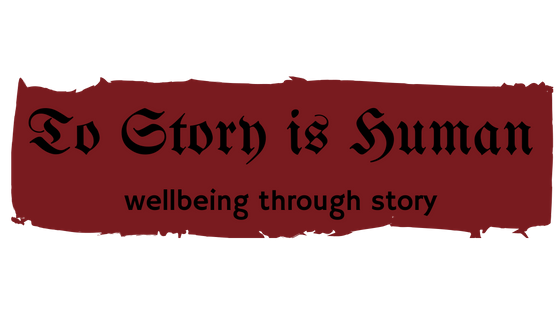Step
away from your activity. Enter a protected corner of space and time.
Here you
can remember: where does your story begin?
Here you can reflect: what is your
story now?
Here you can re-imagine: how will your story grow?
Your guide is
Sarah Agnew, facilitator of stories.
Your goal: return with a story for the
living.
In words or pictures, plot a map of where you live, or where you have lived in the past.
What are the buildings, the landmarks, the open spaces, the hidden spaces?
Who are the people? What is the weather like? What happens in all those spaces?
Take as much time as you like, don't be too specific just yet.
Zoom in closer on one of the spaces in your map.
What physical structures are in this space? What natural features do you find there?
Who are the people? What can you smell and hear? What do you do here?
Take your time. Start to identify more details.
Zoom in closer again, this time to a smaller space: a room in a house, the back yard, a particular shop in a row of businesses.
What are the furnishings or equipment here? What is the lighting like?
What emotion do you feel entering this space? Who is here with you? Is it warm or cold here?
Noisy or quiet? Peaceful or all hustle and bustle?
What do you do in this space?
Take your time, and be specific with the details.
Now. From those spaces, activities, and people look for the stories.
Is there a moment when something unexpected happened – a kindness, an accident,
a chance encounter that changed your path?
Is there someone who has been a gift to you? Choose a moment that illustrates that gift: a conversation in a cafe, a lecture in a classroom, a performance, a gift?
Is there a space that tells the story of a community, your family, your choices?
The family dinner table? Tell the story of a specific meal that shows what is important about that space.
The bus ride to work or school? tell the story of one morning ride, to illustrate the kind of encounters that happened there.
Think about how you want to tell your story: in writing for a letter or a blog or a poem or a newsletter article, for example; to speak aloud, at family gatherings, a special event, or a story slam; with images, photograph slide show or album, painting, collage; in a combination for a film or installation.
Think about to whom you want to tell your story: for yourself in a diary, for your family, for a broader audience.
These details will influence how you tell the story, and what details will be needed to help your audience receive the story well.
In this TEDx talk, I discuss the gift it is both to tell and to hear a story;
then I tell a story.
Once you have decided which story you wish to tell,
Exercise: practicing beginning, middle, and end (pdf)
Show your audience the details of the places and people, using all the senses.
In this TEDx talk, I discuss the gift it is both to tell and to hear a story;
then I tell a story.
Once you have decided which story you wish to tell,
- identify the pivotal moment
- identify how you got to that moment
- identify where you went from that moment;
Exercise: practicing beginning, middle, and end (pdf)
Show your audience the details of the places and people, using all the senses.
Try not to include a 'moral' to the story, but rather show what you learnt or discovered, the way you changed or grew, the gift you received from a person or an experience. Trust the story to do its work in the sharing of it; trust your audience to find meaning in a story well told.


No comments:
Post a Comment